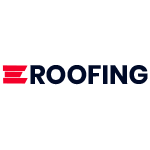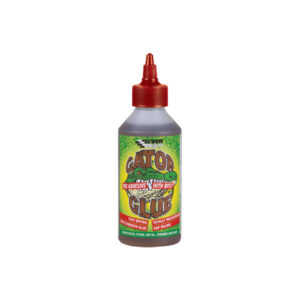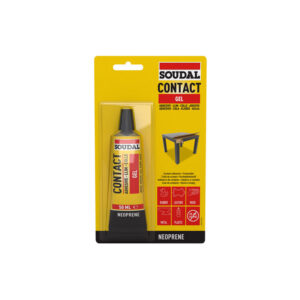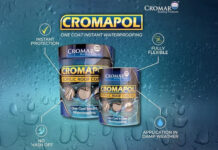When selecting an adhesive to use for a task, one of the most important concerns is – does it take into account the porosity of both the object and the substrate? Many versatile glues don’t work well on porous materials like wood or mortar.
The reason for this is actually quite simple. Glue works by adhering to one material and then the other, forming a strong bond between them. Porous materials absorb glue into them like a sponge, preventing it from remaining on the outside. This limits the amount of glue that makes contact. This can happen with many types of adhesion – for example, sometimes, heated bitumen is used to adhere roofing felt to flat roofs, but this is much harder on porous surfaces.
What glues you should use on porous surfaces
The result is that there’s not enough glue making contact for ideal bond strength. That means that specialised glues are needed to handle porous materials. For example, wood is extremely porous and difficult to glue. But specialist wood glues like Gator Glue actually expand into the pores rather than being absorbed into them. Therefore, instead of being drained away from the surface, the glue remains on the surface, and the action of expanding into the pores actually greatly increases the bond strength.
Another excellent glue for porous materials is an all-rounder like Soudal Contact Adhesive. Because it dries so quickly and is made using resins and neoprene, it can be used even on quite porous materials easily. Some glues that use solvents are actually much better at working on porous surfaces than non-porous ones since the solvent might get trapped between the surfaces.
Dealing with porous surfaces is one of the reasons that primers are used. These can provide a surface that adhesive materials can cling to, allowing adhesives that normally wouldn’t work on porous materials to operate properly. Usually these primers are specially made. For instance, Cromar’s Bitumen and Flashing Primer is designed primarily for adhering bituminous materials to porous substrates.








